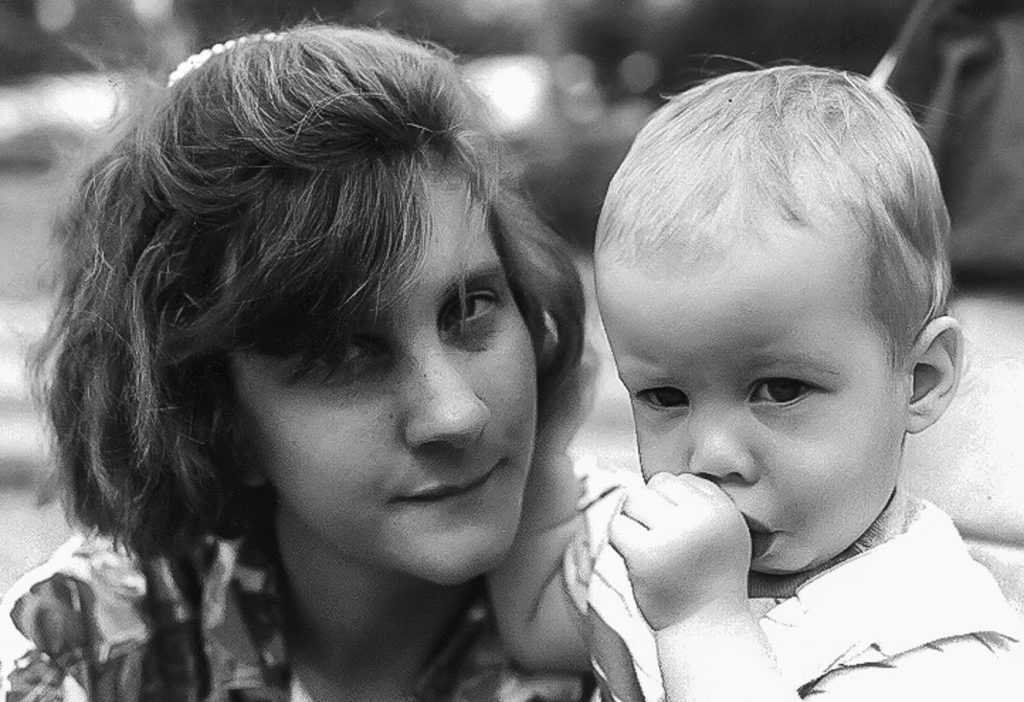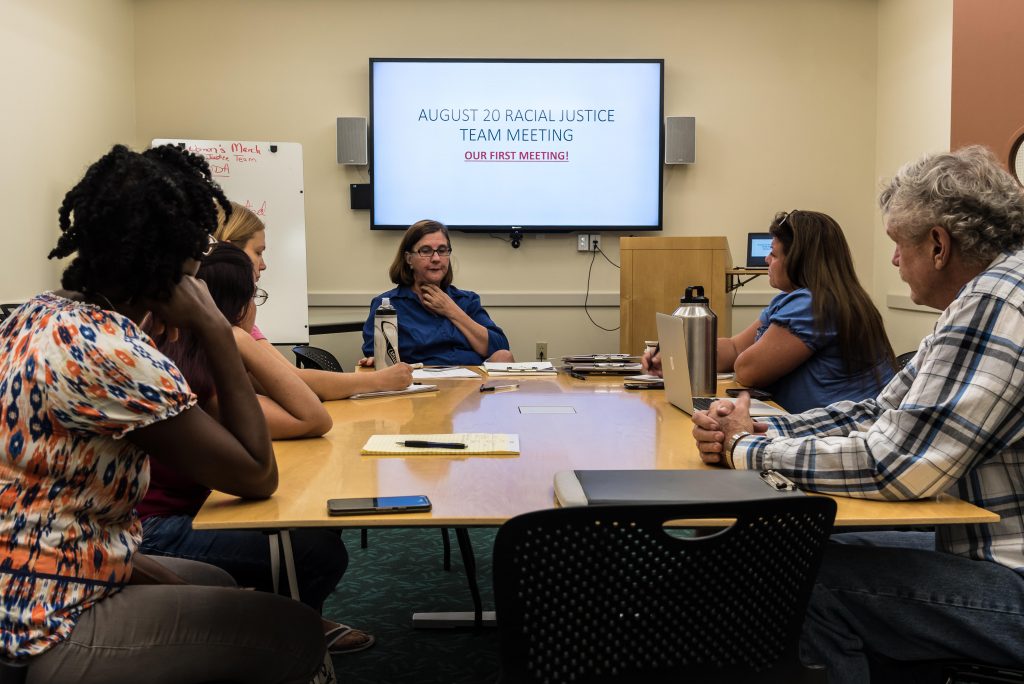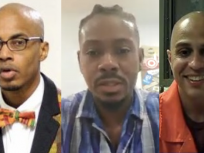By Jan Shelly
Editor’s note: Jan Shelly is a retired attorney living in Florida.
[dropcap]I[/dropcap] was born in Atlanta in 1956, and my family moved to St. Louis in 1968. I was 4 years old before the government allowed American women access to the birth control pill. I was a senior in high school before we could obtain an abortion legally. I grew up knowing that my body was to be forever scrutinized by men and regulated by the government. I would only be worth what men decided I was worth, and I would only be in control of my reproductive health to the extent that the government allowed.Before 1993, 12 years after I divorced my first husband, marital rape was not a criminal offense in all 50 states. Despite the publication of Ms. magazine and The Feminine Mystique I was taught early to prepare for my future as a wife, mother and homemaker. Growing up in the 1960s and ’70s, I never imagined that I could become an attorney. In fact, the women in my mother’s social group made it clear that it “was a shame” that I, not my brothers, got good grades.
Empirically, I was well situated to succeed in law school. I had graduated at the top of my class, tested well, and was a diehard advocate for justice and equality for the disenfranchised. However, I followed a more well-trod path and obtained my master’s in education and taught high school English for four years.
At the end of my tenure as a teacher, I had what was often referred to at the time as a “nervous breakdown.” I was diagnosed with a panic disorder and depression. After learning how to somewhat manage the symptoms of these illnesses, I decided that teaching was not my scene.

I got married in 1986, pregnant, and my son Colyn was born in May 1987. When he was 15 months old, I started law school and graduated in 1991. Finally, this was where I believed I would start the revolution, and make the world more just for women, children, the mentally ill and poor people in America, for starters.
I did well in law school and became a staff attorney for the United States Court of Appeals for the Eighth Circuit. I also gave birth to my daughter during this two-year position. My female supervisor treated me and another female staff attorney abysmally because she did not like that we were both pregnant when we started working in this position. She stated that she did not want the job to become a “pink haven” for pregnant women.
Later, as a trial attorney for the Equal Employment Opportunity Commission (EEOC)—starting in 1999—I would have called this statement direct evidence of pregnancy discrimination made by a principal decision maker. At the time, I just wanted to finish my two years and move on with good recommendations from the judges. I had learned that the issue of my personal reproductive health was an issue in my career.
Soon, I also would learn about our criminal justice system and those who ended up detained in our jails and prisons. As a clerk, my job was to review decisions made in district court cases and write proposed opinions for the judges. Every week, I reviewed claims filed by prisoners from Missouri, Arkansas, Iowa, Minnesota, South Dakota, North Dakota and Nebraska, alleging violations of their constitutional rights. The district courts almost uniformly summarily dismissed the opinions, and the Eighth Circuit upheld the decisions. These cases never made it to a jury, and, most likely, only the Department of Correction’s attorneys and the inmates were aware of their contents.
However, many of the allegations in these cases continue to disturb me years later. For instance, a lengthy opinion detailed horrific sexual assaults a young inmate suffered, recounting several rapes he endured. The judges denied the prison’s motion to dismiss, but they felt compelled to add that an inmate—because of his status as an inmate—could not expect to be compensated with large money damages. The suggestion was the aggrieved man be paid $1. In several other decisions, the judges were forced to contort their logic to arrive at a dismissal of the prisoner’s claims, which they had no qualms doing.
Maybe I accepted the offer from the Missouri Public Defender’s office in reaction to these callous decisions. I thought I had learned a lot about the insidious corruption and racism of our criminal justice system. But I knew nothing.
That was about to change.
I worked in St. Louis, and every week, the state courthouse was filled with rows of young black males. It was the 1990s and the height of the “crack epidemic.” As a white woman from an affluent background, I had been shielded from the tragedy that was unfolding just 20 minutes east of my neighborhood on Highway 40.
I remember several individual injustices that were incidental, apparently, to the state’s eradication of the “scourge” of the crack epidemic. During the arraignment of a public defender client on drug charges, I saw that he was seriously injured. I had not had an opportunity to interview him yet, but I knew, before he was brought out, that he would be injured since there was a “resisting arrest” charge added to the drug charges.
After assiduously avoiding looking at the man, the judge asked him if he could make bail. My client could not answer in an intelligible fashion because his mouth and most of his face was too swollen for him to say anything.
I asked the judge for time to speak with this man. He denied the request. I asked the judge to order the deputies to take him to a medical facility to be treated for what were obviously serious injuries. He denied the request. I argued, and the judge stated that the “workhouse,” the jail where pretrial detainees were kept, would see that he got medical care if he needed it, and that the defendant did not seem to be in any pain.
I objected and pleaded with the judge. He denied my request.
Every week, I would receive a stack of police reports from “weed and seed” or other similarly named units of the city police. These units sent undercover police into certain neighborhoods that were plagued with guns, gangs and crack. The police reports contained identical evidence for each sale, literally presenting these boilerplate “facts” to prove the guilt of each individual defendant.
As an attorney, I wanted to attack this obviously manufactured report. As a public defender, I did not have the time or resources to do so. As one moves up in the public defender system, one’s caseload is filled with more and more serious allegations against your clients.
When I was writing habeas motions for clients who already had been convicted of murder and sentenced to death, the EEOC recruited me. I joined the EEOC and prosecuted cases of systemic gender and racial discrimination against many of the country’s largest and richest corporations. The inequities of the system were only reinforced, as attaching liability to a corporation was much more difficult than it had been for the state to do so against impoverished public defender clients.
Sexual harassment, retaliation and overt sex discrimination were more prevalent than I had suspected and were tolerated at some of the largest employers. The charging parties whose cases we litigated were often not hired, harassed, not paid fairly, and fired based on their gender. In Florida, we had the largest caseload of pregnancy discrimination. I had come full circle (as a former pregnant attorney) in confronting the seemingly endless ways that our corporate and governmental employers exploit women.
I retired in 2016. When anyone asked me what I wished to do with my time if I didn’t have to work, I always knew the answer: I would read novels on the beach all day. That was the plan. Then Donald Trump was elected president.

Instead of reading novels on the beach, I have attended and organized meetings to protect women’s and minorities’ rights, environmental regulations, and to eradicate income inequality and corporate control of our oligarchy.
Like many other progressive activists, I was overwhelmed. I knew I couldn’t ignore these issues, but every day seemed to be full of egregious developments, and then there was the beach—and the books.
That brings me to today.
I found myself reading about Lowell State Prison one day in July 2017. The weather in Ocala, Fla., where the prison is located, was hot and humid, of course. I read that the women in the facility, America’s largest women’s prison with close to 2,700 inmates, had no access to potable water or air conditioning, and that their toilets had become nonfunctioning. According to the article, an anonymous employee said that the conditions were inhuman.
As I searched for information regarding the conditions faced by women at Lowell and Florida’s prisons in general, I was surprised by the dearth of information available and the lack of groups focusing on the issue. I came across a web page run by Kathy Jo Carlin called Inmates Lives Matter. She recounted her story of severe abuse, depression and addiction and, in recounting her own trauma, introduced the effect that it had on her daughter Sadie.
Sadie is incarcerated in Lowell. On the Inmates Lives Matter website, she also tells the story of her chaotic life that started with abuse and ended with incarceration.
Kathy and Sadie have been my inspiration for working with the women who are and have been incarcerated.

I still am not lying by the beach reading novels, but now I am fortunate to work with talented, courageous women.
Together, we are combatting the misogyny I have always known and the violent injustice and its effects on individuals in the criminal justice system that I encountered throughout my career as an attorney.
For more information about Jan’s work, visit her Facebook page Advocates for Incarcerated Women.
Read how Kathy Carlin is fighting for prison reform during her daughter Sadie’s incarceration at Lowell Correctional Institute and how Sadie has found peace in prison through yoga.
Our Community Based News Room (CBNR) publishes the stories of people impacted by law and policy. Do you have a story to share? Please contact us at CBNR here.




